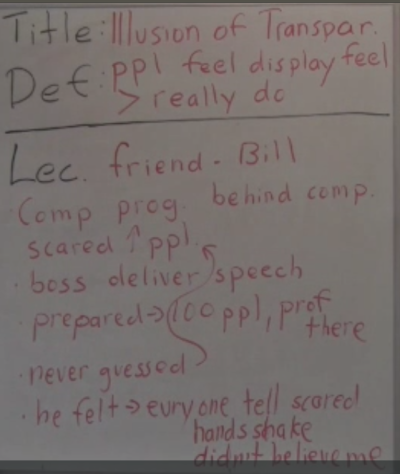Exam Structure
- Reading section: 60 minutes
- Listening section: 20 minutes total to answer the questions of all six recordings. Stop the timer when you are listening to the recordings.
- BREAK: 10 minutes (have a quick snack!)
- Speaking section: (You will need to time yourself and record yourself in the speaking section, so be prepared.)
- 15 seconds to prepare, 45 seconds to speak.
- 15 seconds to prepare, 45 seconds to speak.
- 30 seconds to prepare, 60 seconds to speak.
- 30 seconds to prepare, 60 seconds to speak.
- 20 seconds to prepare, 60 seconds to speak.
- 20 seconds to prepare, 60 seconds to speak.
- Writing section:
- 20 minutes
- 30 minutes
Table of Contents
Reading Section
Tips
- Concentrate maximumly on reading part.
- Read the first line of each paragraph to get a general idea.
- Questions and answers come one after another.
- You need just one sentence to get the answer. Make that sentence before finding that sentence.
- Leave five minutes to check the answers at the end.
Listening Section
Tips
- Note down every detail.
Structure
- 1 conversation: 3-5 minutes between a man and a woman
- 1 lecture: 4-6 minutes of a professor delivering a speech by him- or herself
- 1 discussion lecture: 4-6 minutes of a professor interacting with students
You will have the following number of questions for each listening:
- 1 conversation: 5 questions
- 1 lecture: 6 questions
- 1 discussion lecture: 6 questions
Speaking Section
Tips
- Lie if you don't have an exact answer to that specific question. Just imagine someone who argues that way and then write down his ideas.
- Write down template after the break. Then begin the speaking part.
- Don't overexplain. Say only important ideas and specifics.
- Remember to breathe. Imagine you are talking to a friend.
- Don't stare at the clock. But look at the clock few times.
Question 1 and 2
Question 3 and 4
- You have a reading. Then a lecture. Then speaking part.
- ٌWhen you see the lecture, write down the title first. Then find the definition and write it down.
- When you listen the lecture, take down all the keywords which make you remember.
- Write down most important key details of example relates to the topic.
- Then cross some unnecessary details.
- Underline a word for transition sentence. Here 'friend' used for transition from the topic to “The proffessor gives an example of […]”.
Tips
Template
- The reading states that […]
- The speaker's opinion is that […]
- The first example […] The second example is […]
- This is why […]
Question 5
Tips
- Second question is always better.
- Subject is real life problem.
Question 6
Tips
- Subject is on the academic paper.
Writing Section
Question 1
- We have an essay and professor opinions in listening part which objects it.
- Exceed essay required word count.
- The article claims that […] however the professor refuses that statement […]
- Paragraphs should be similar regarding a number of words.
- Use “do not” not “don't”.
- Repeat an exact word in the next sentence. (Coherence)

